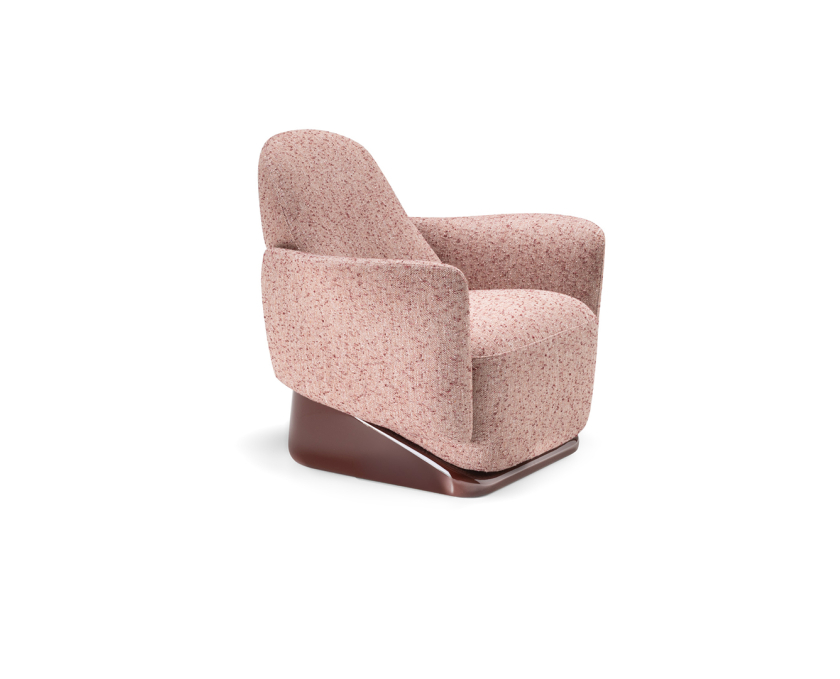
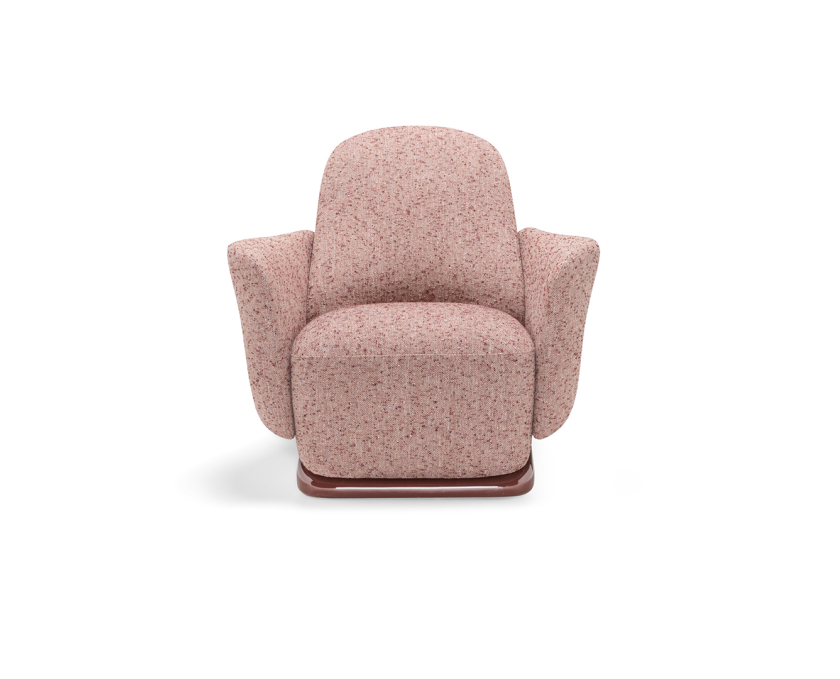
Qu’il soit la pièce maîtresse du salon ou un siège discret qui sublime le reste de l’espace, le fauteuil est un élément incontournable pour parfaire un intérieur moderne et élégant. Essentiels dans leur conception, aux proportions raffinées, aux lignes douces ou audacieuses, ergonomiques et conçus à partir de matériaux innovants, les fauteuils design des collections Molteni&C incarnent l’excellence. Ils s’intègrent naturellement dans l’espace salon tout en s’adaptant avec aisance aux autres pièces de la maison. Les revêtements des fauteuils design Molteni&C sont le fruit d’un processus rigoureux de recherche et développement, donnant naissance à des collections exclusives et sophistiquées. Chaque pièce vise l’équilibre parfait entre fonctionnalité et plaisir esthétique, pour satisfaire à la fois le corps et l’esprit. Adaptés à tous les espaces, ces fauteuils contemporains trouvent leur place seuls, en duo ou en complément d’un canapé confortable dans le salon.







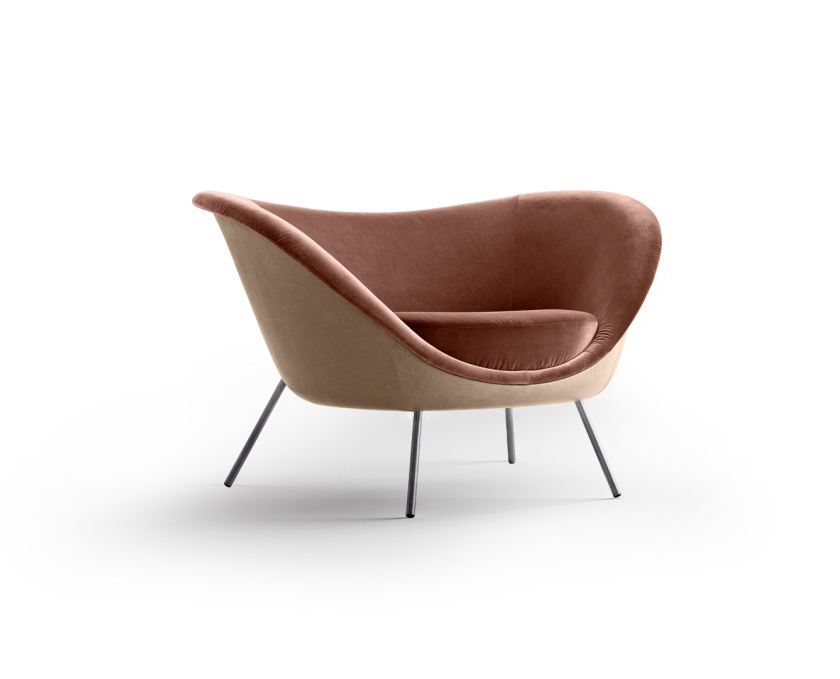




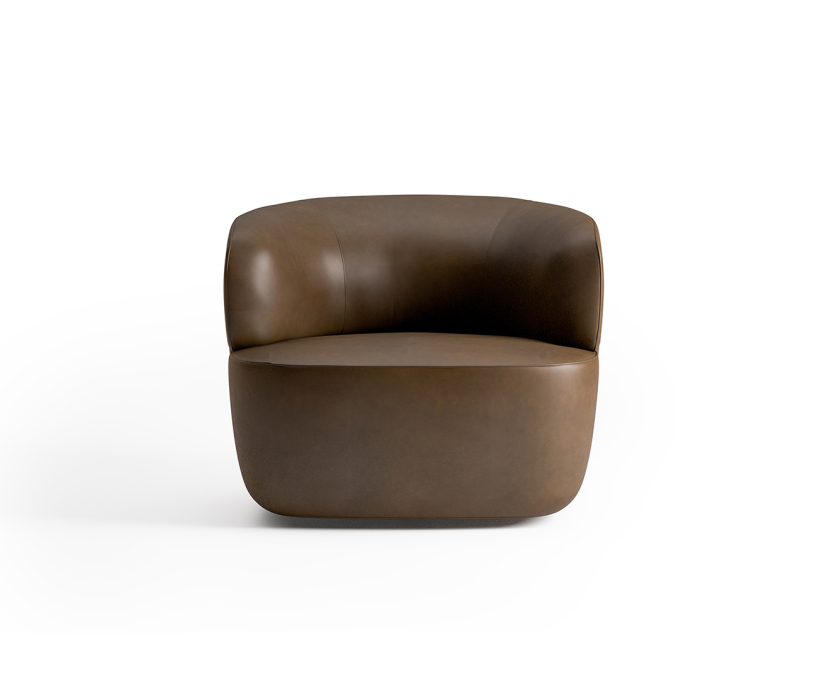
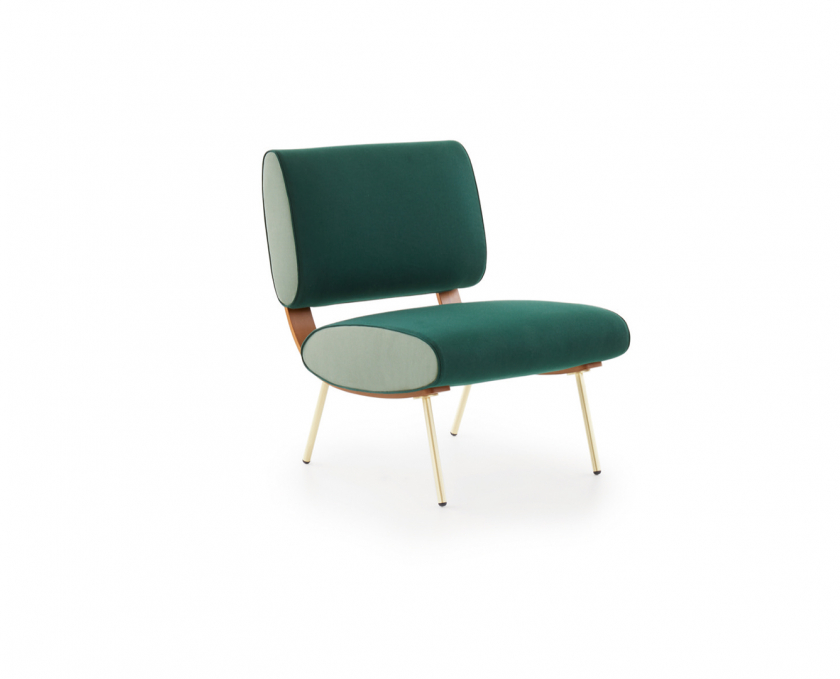
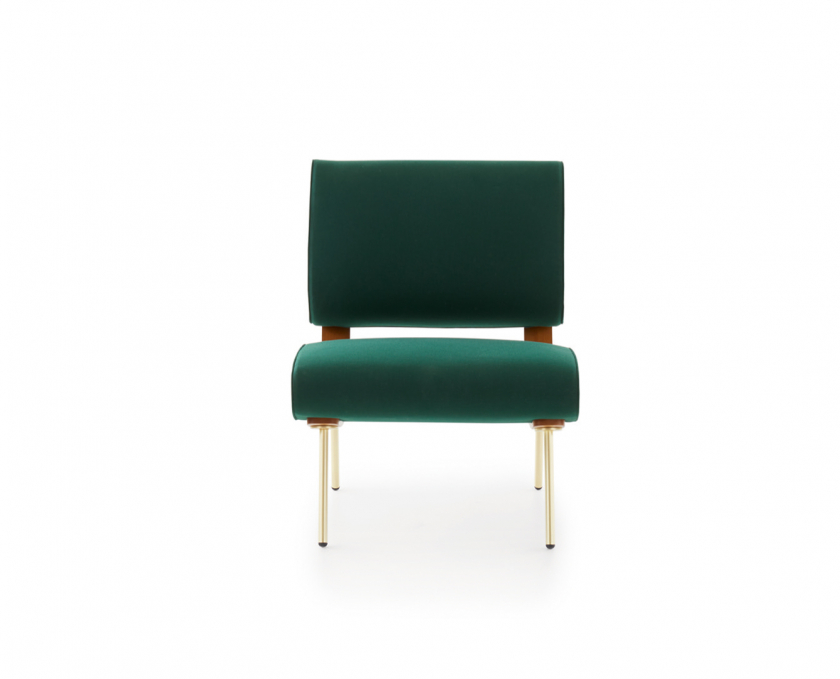
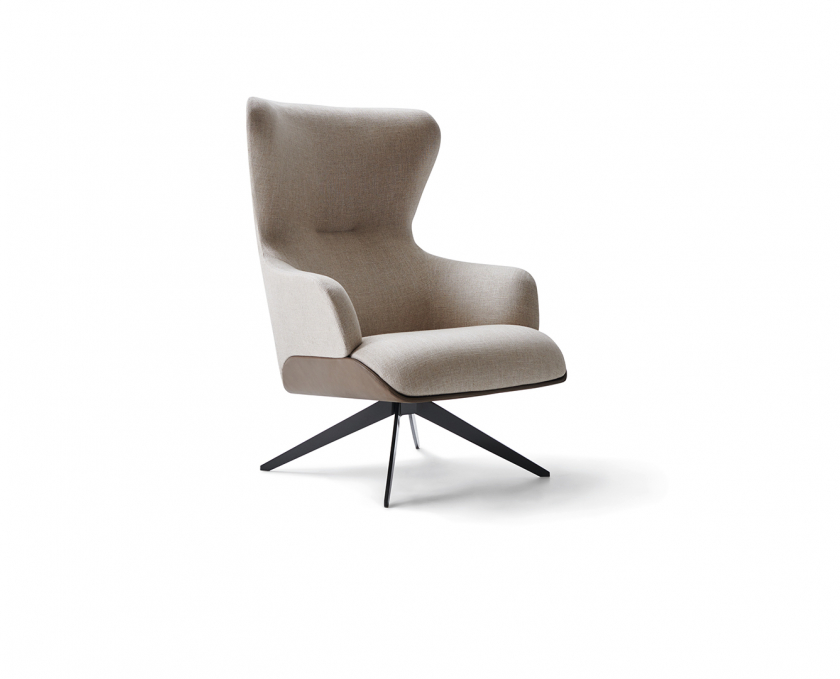
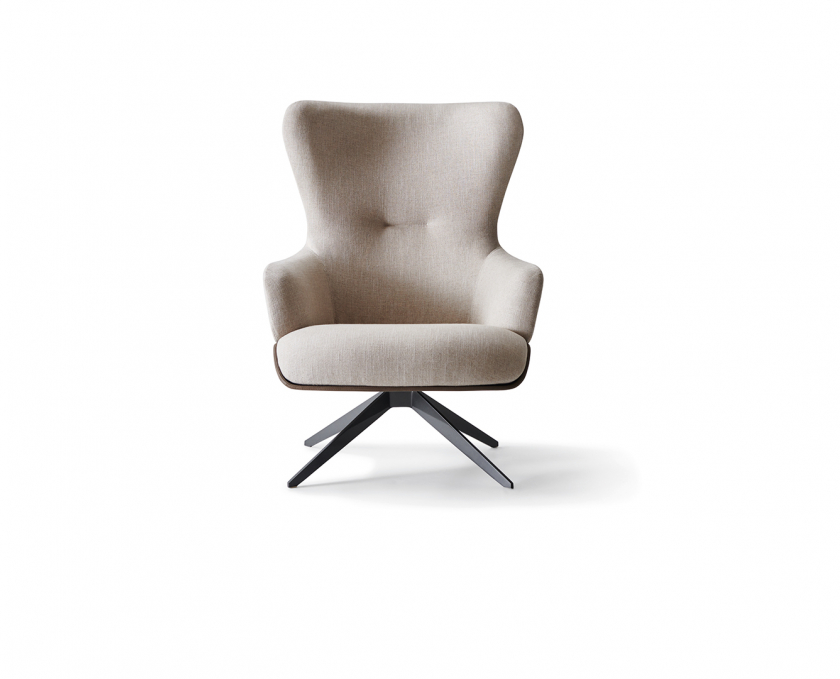
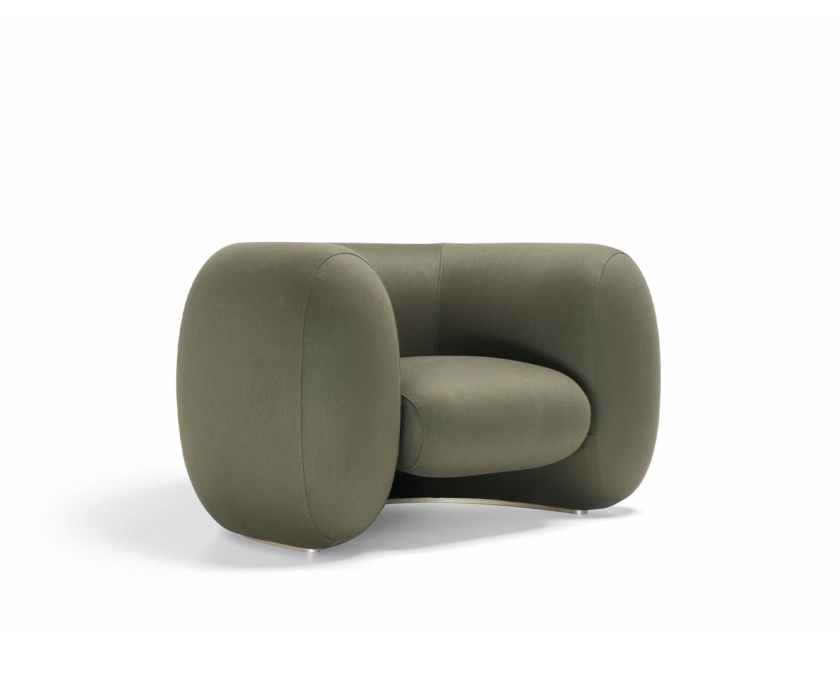
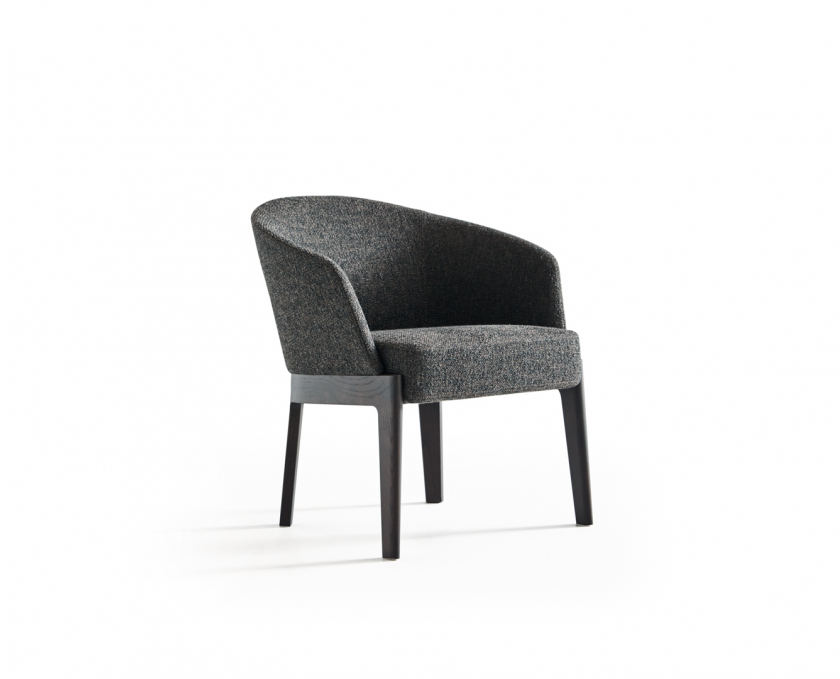
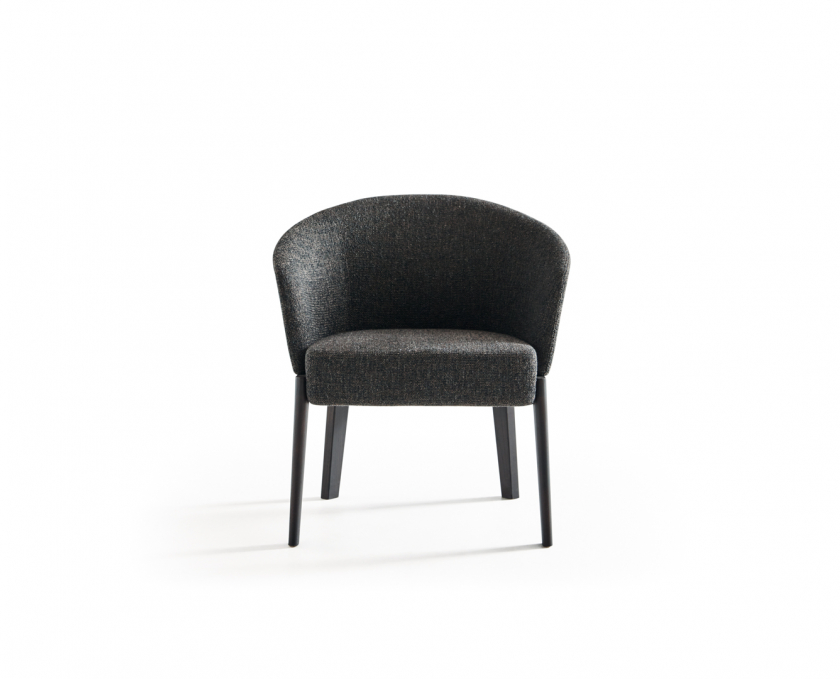
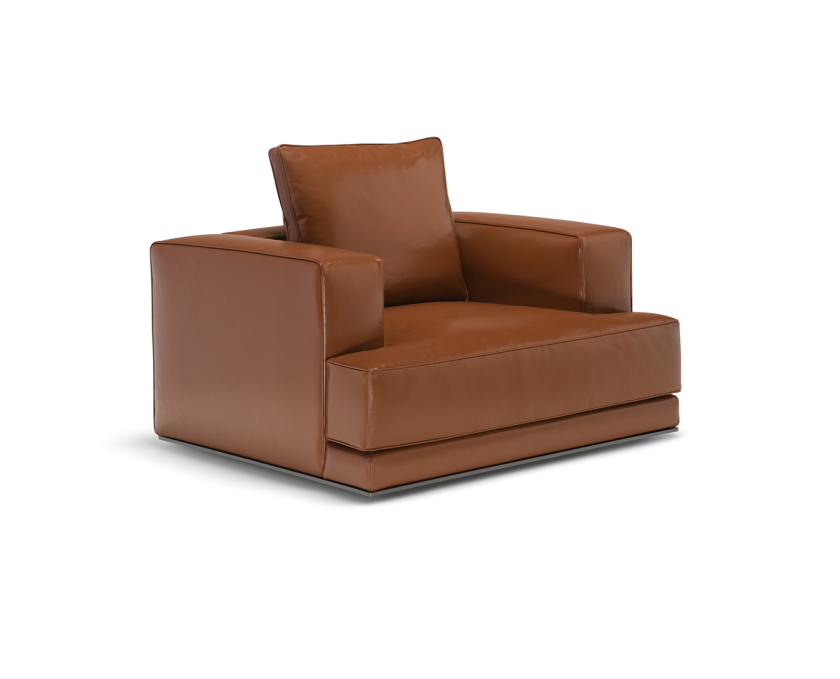
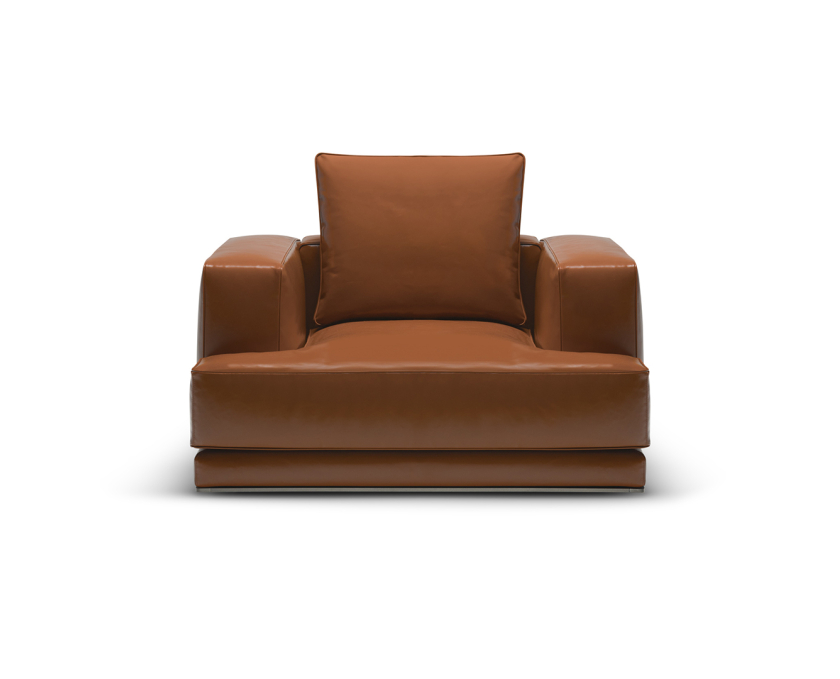
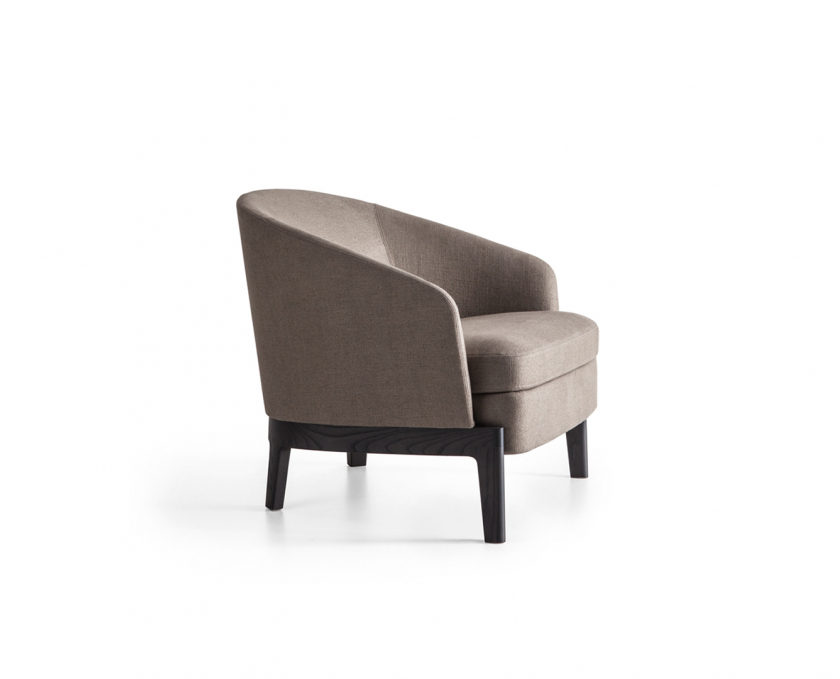
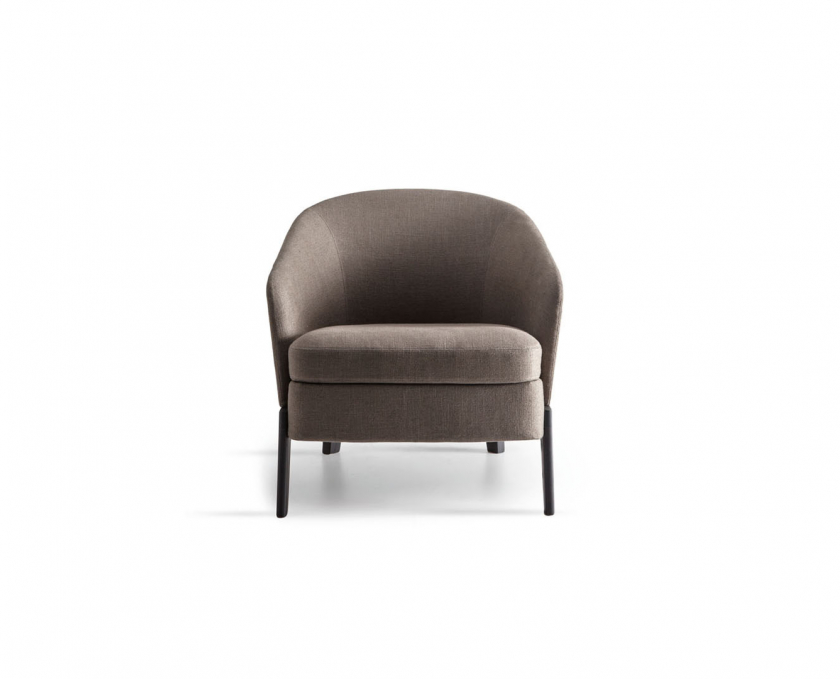
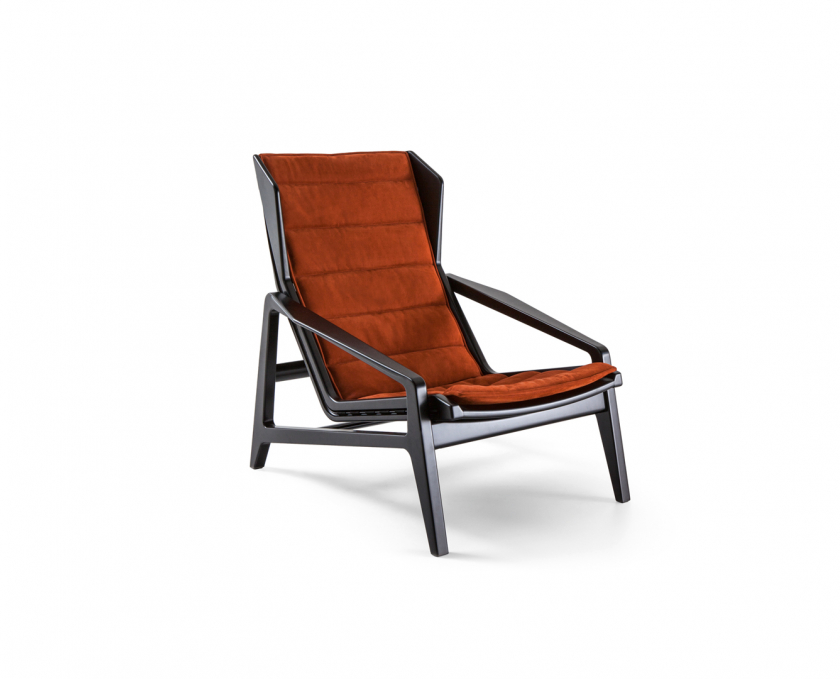
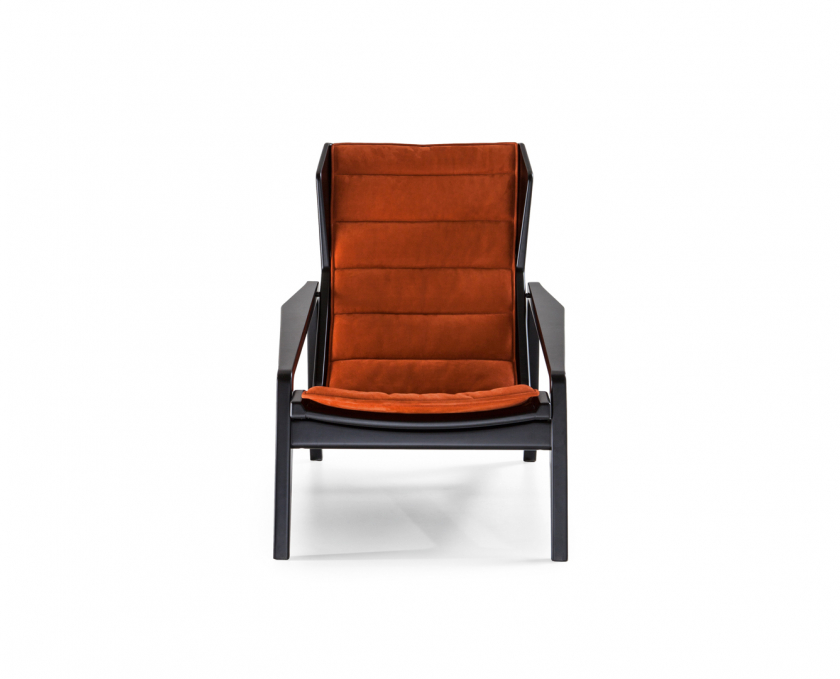
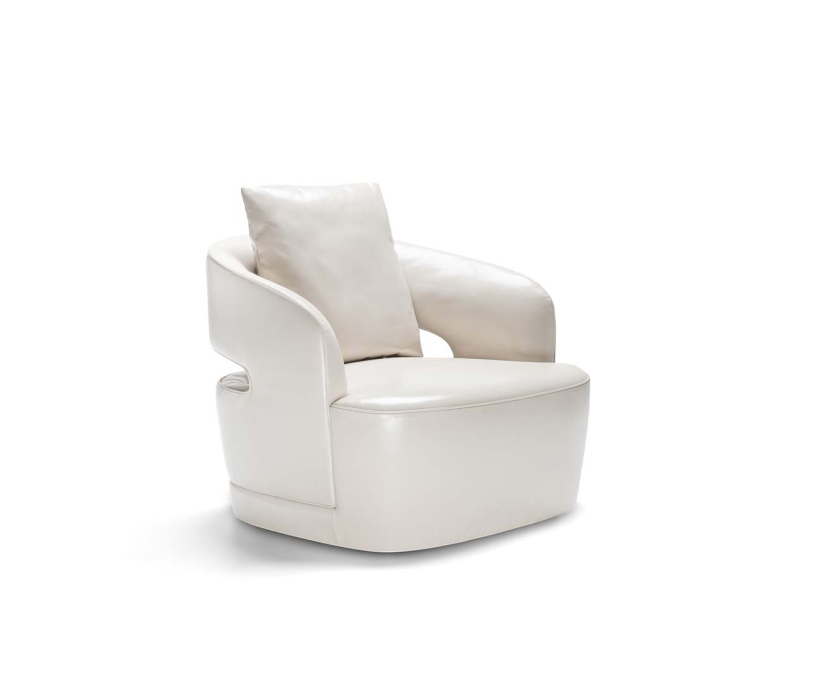
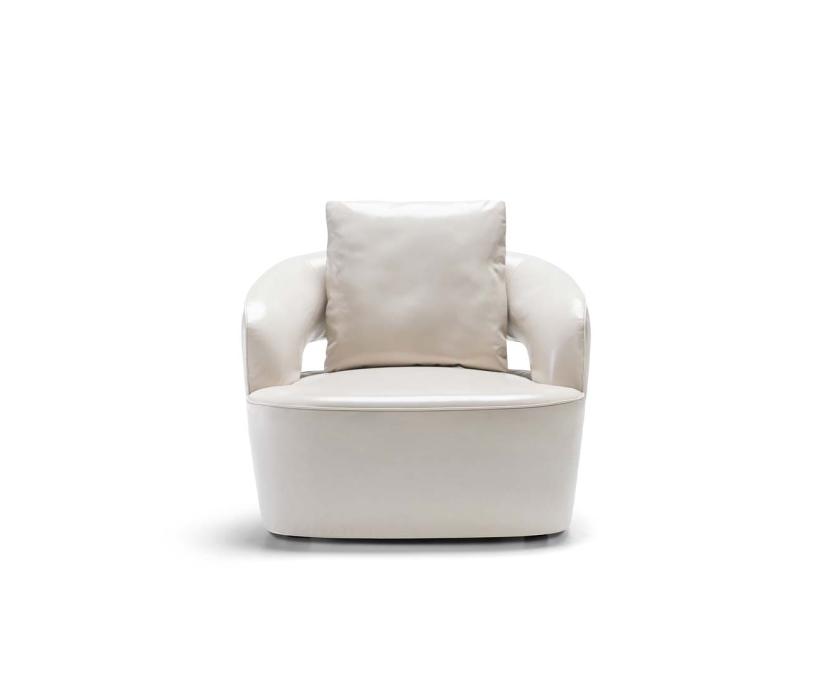
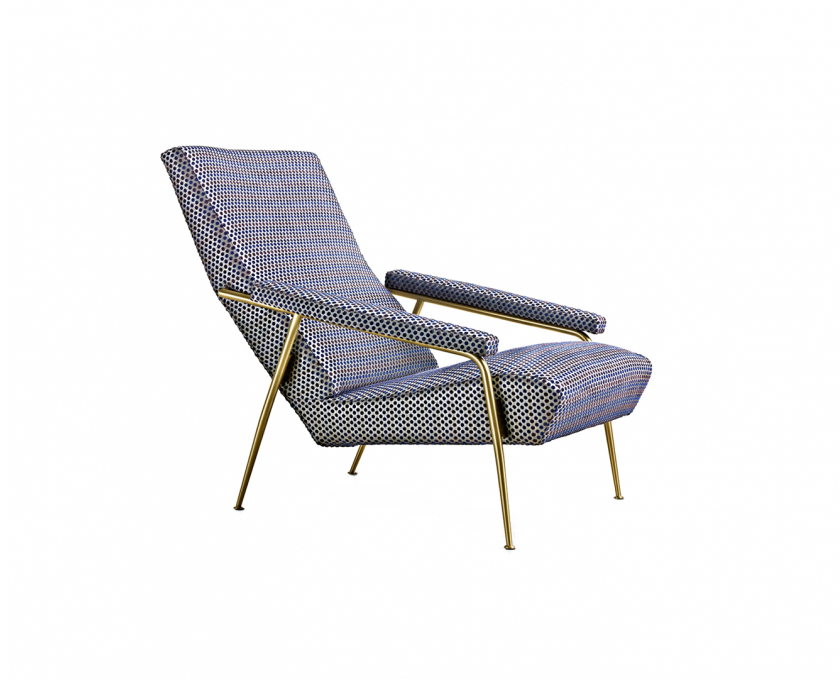
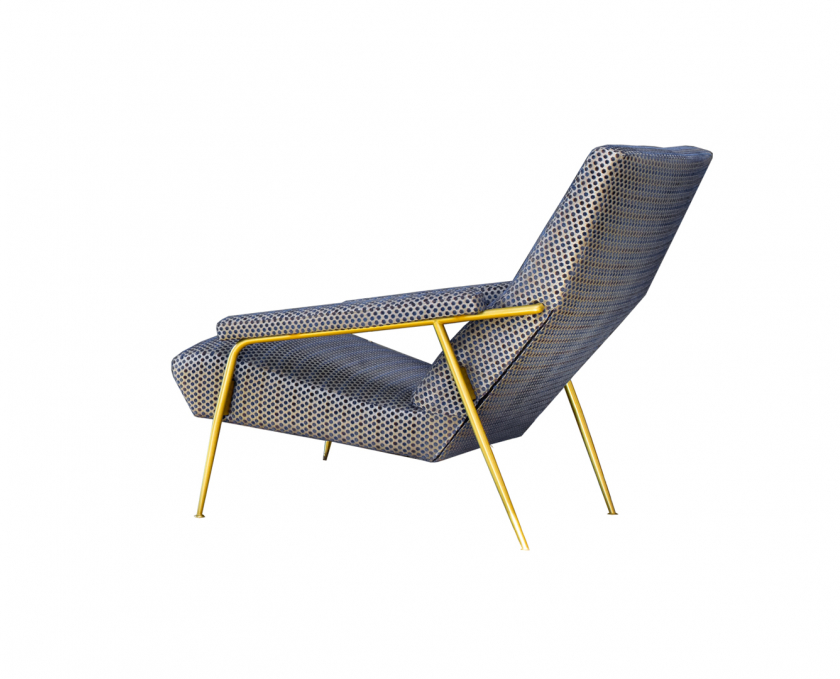
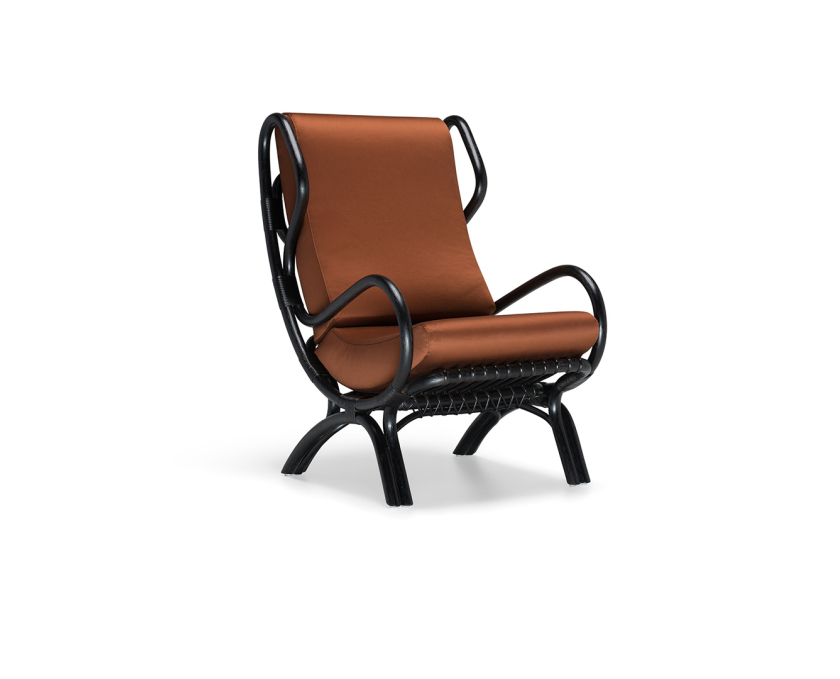
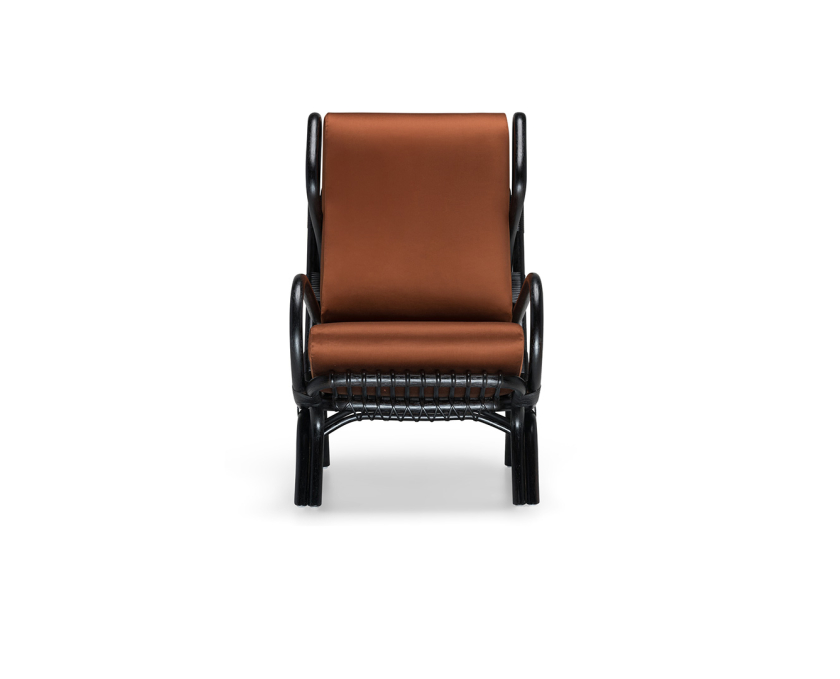
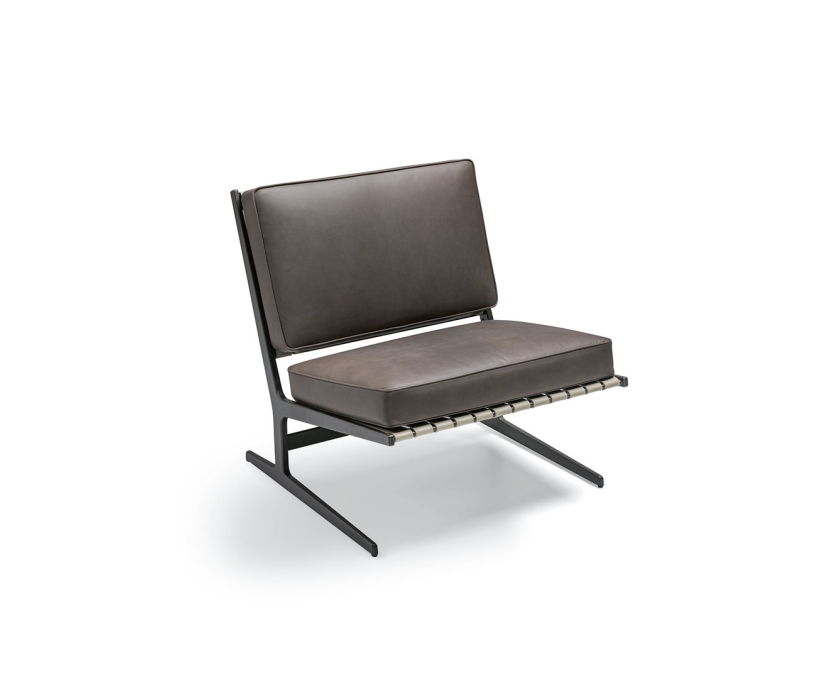
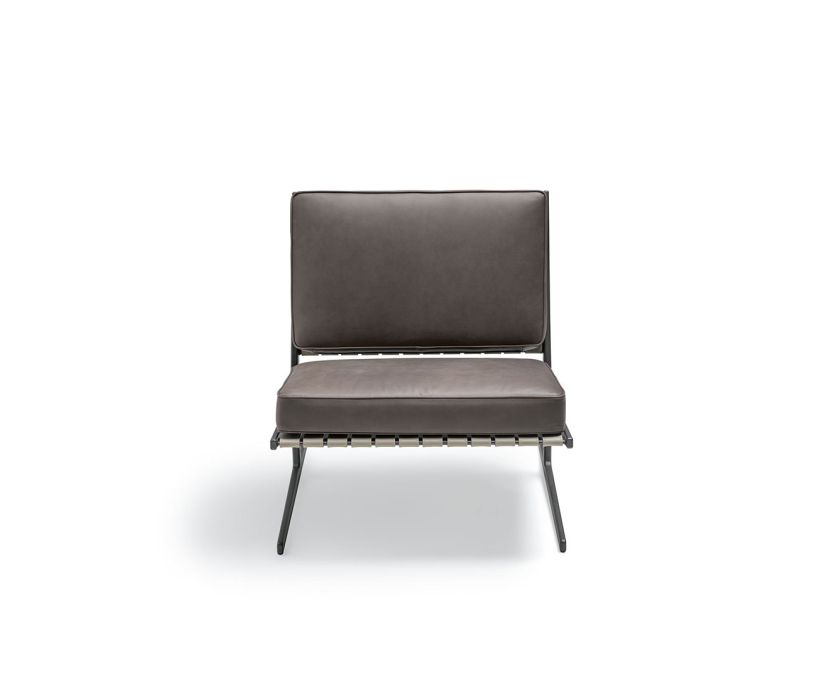
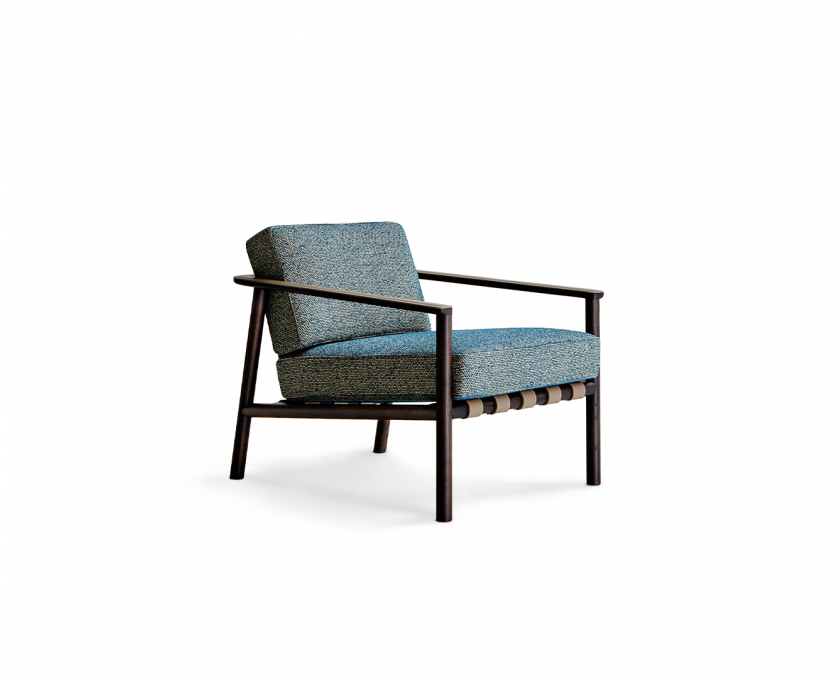
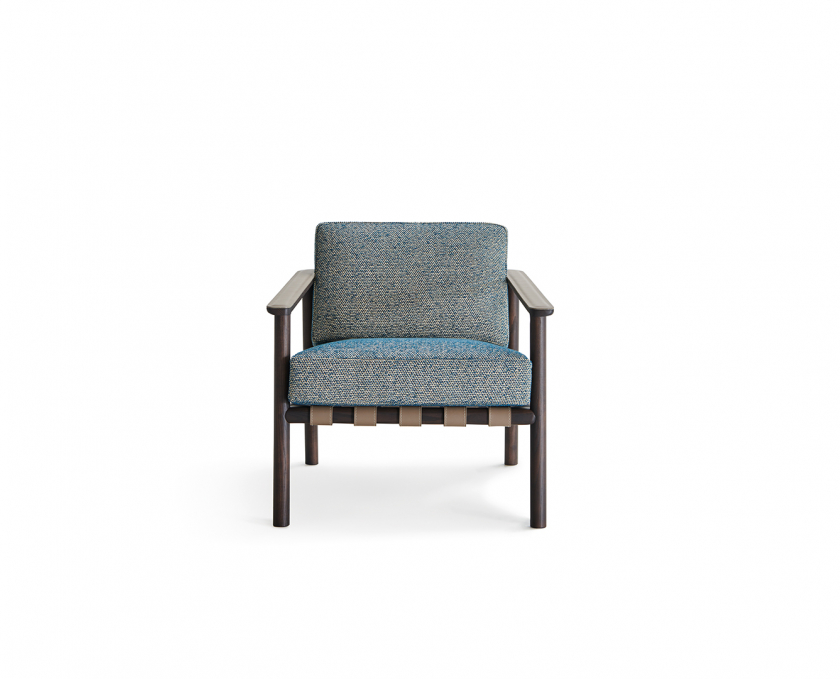
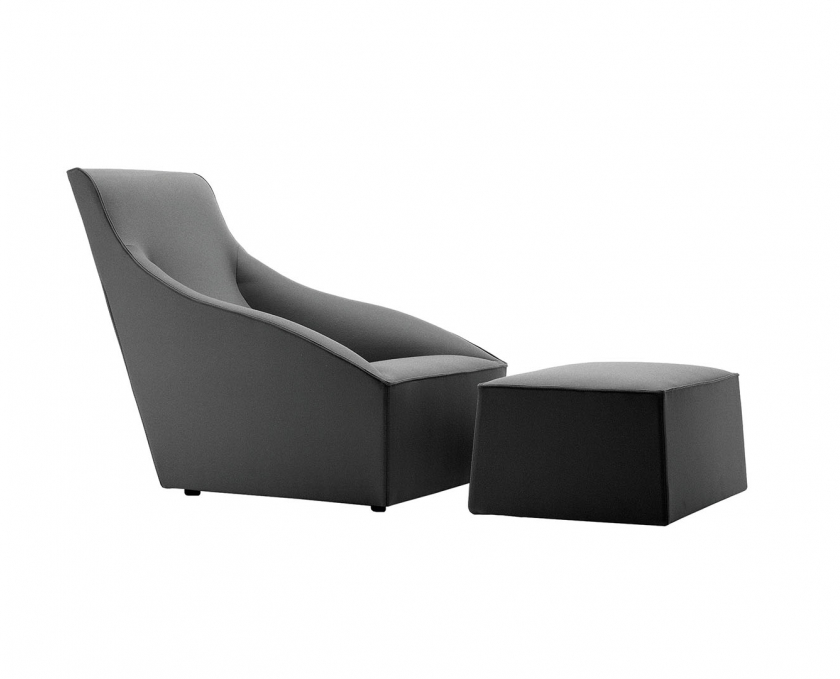
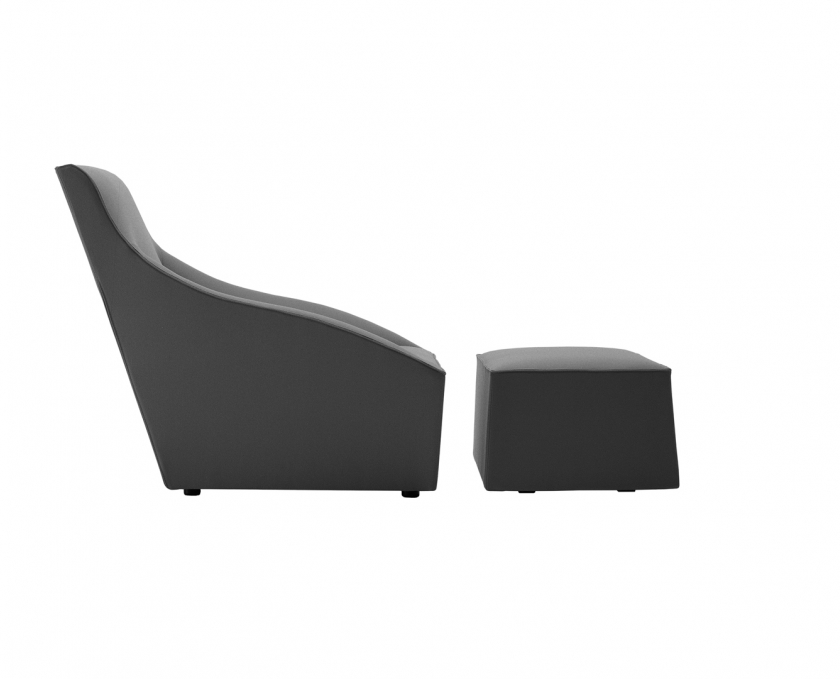
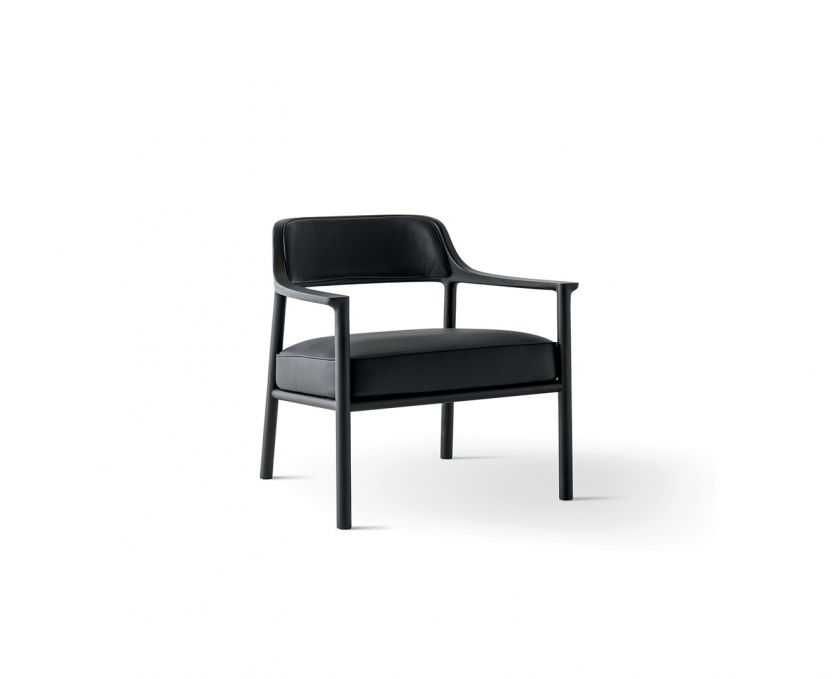
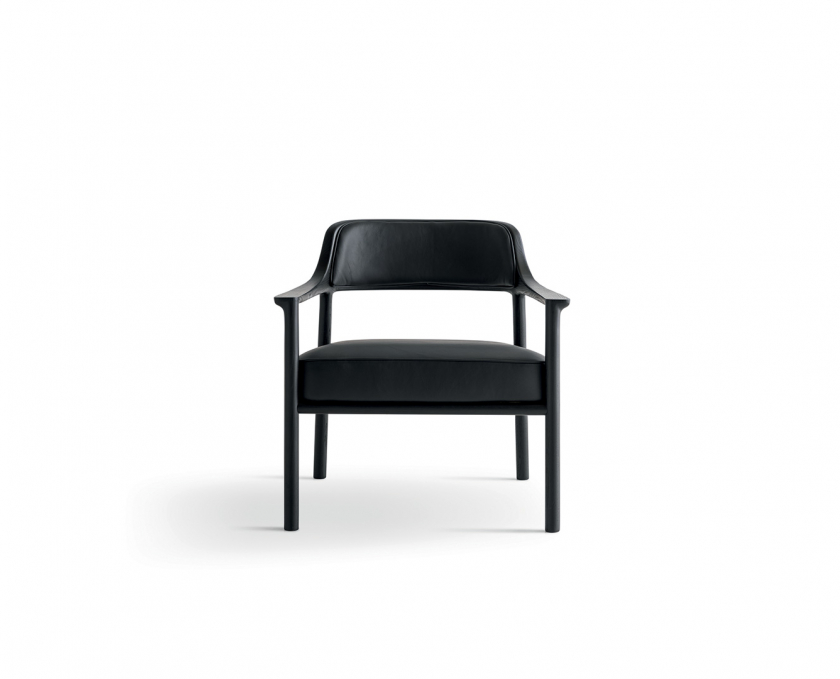
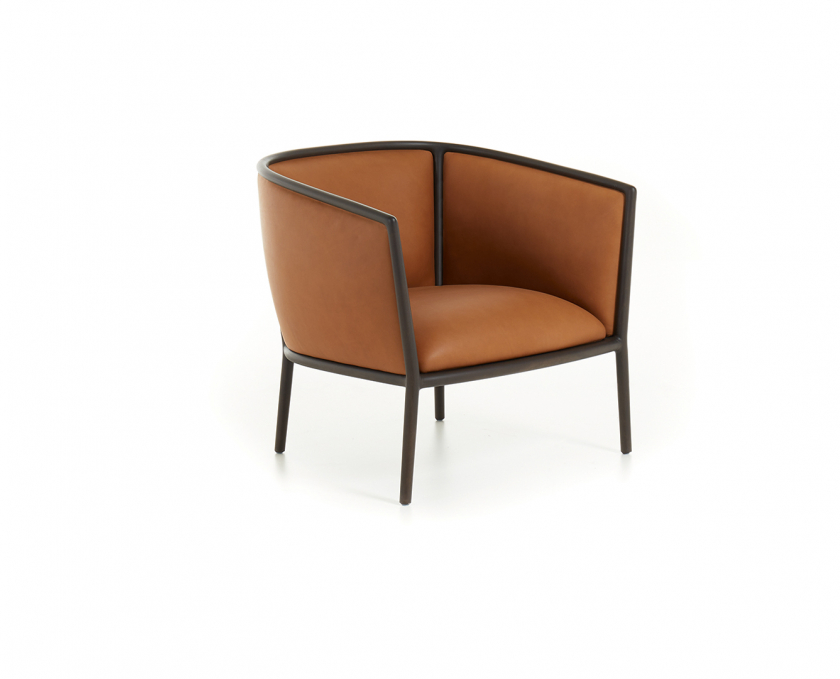
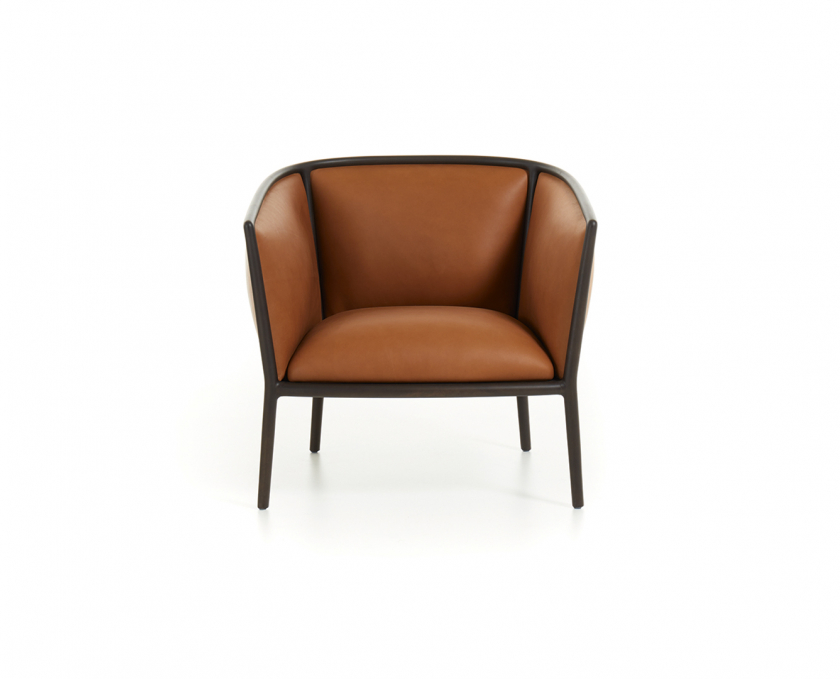
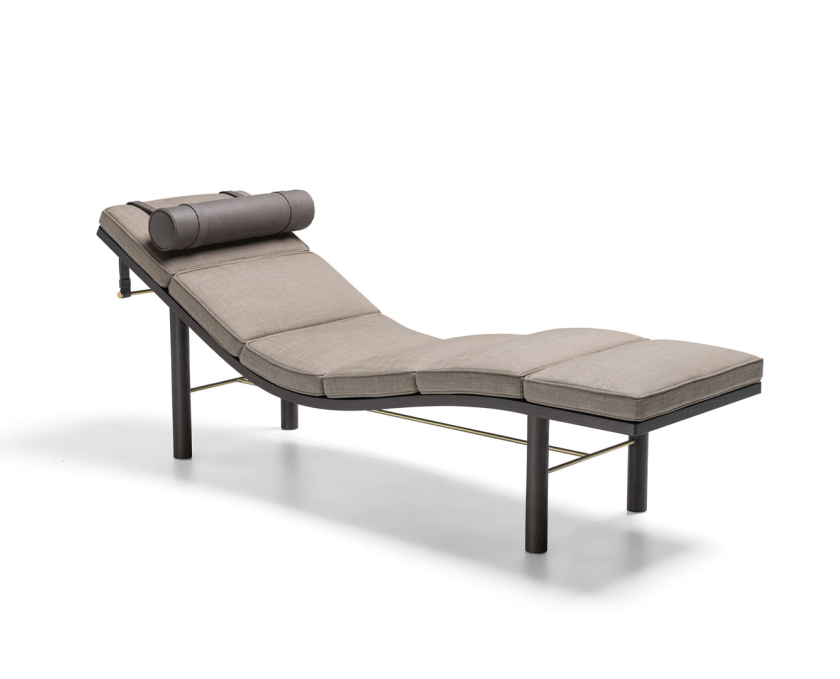

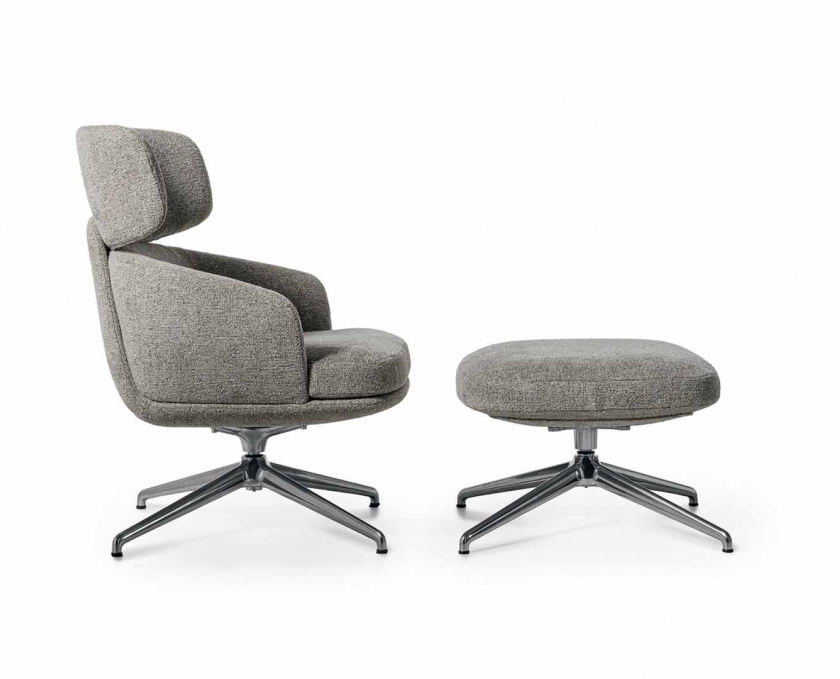


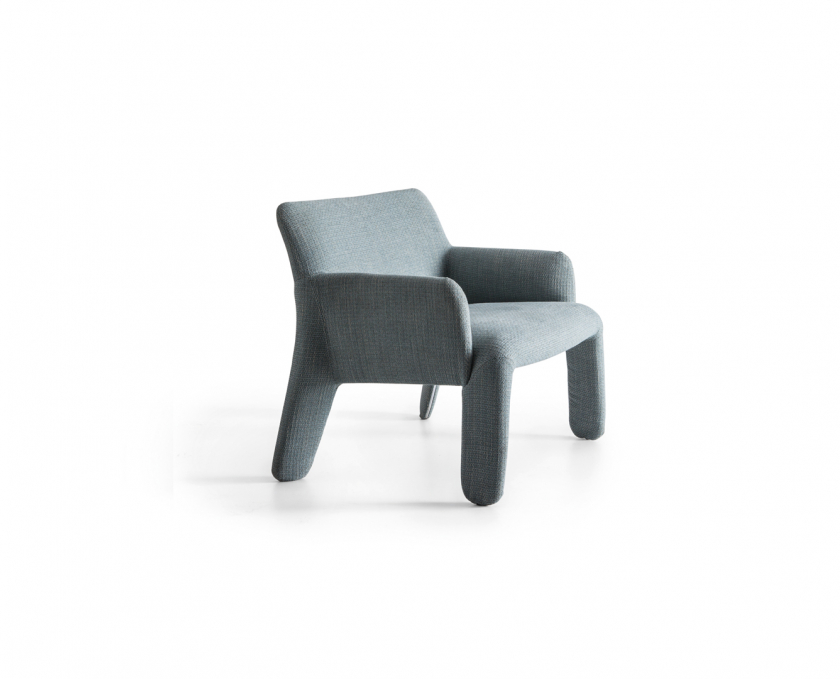
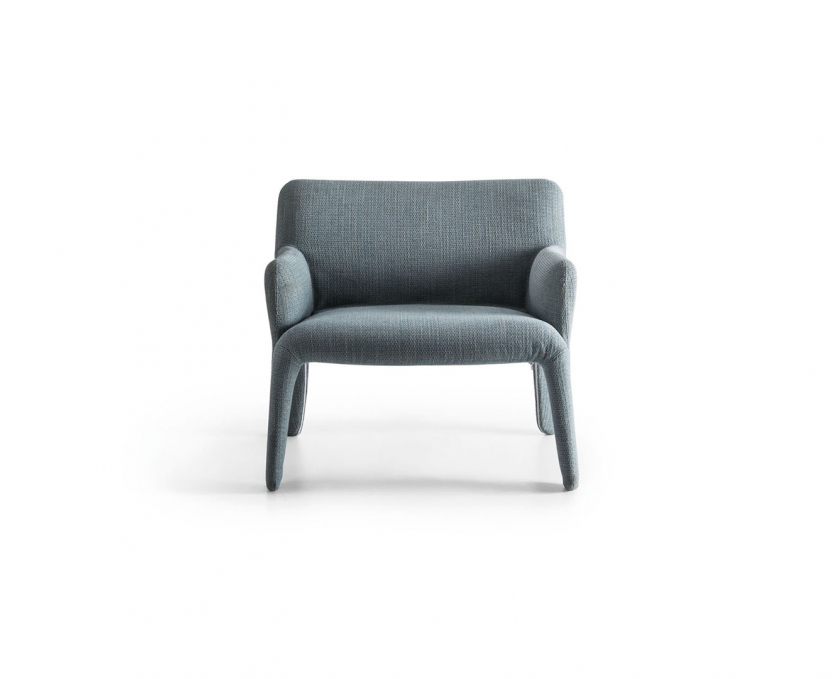
Rodolfo Dordoni a conçu plusieurs fauteuils au design moderne en collaboration avec Molteni&C. Les fauteuils Chelsea capturent l’essence du design contemporain tout en évoquant la mémoire de la tradition. La solidité de leur structure en bois massif se marie aux lignes fluides des dossiers, pour un parfait équilibre entre ergonomie et élégance — une assise à la fois confortable et raffinée. Le modèle Piccadilly joue sur l’intersection de différentes surfaces qui donnent naissance à des formes enveloppantes, avec ou sans accoudoirs. Quant au fauteuil Kensington, il séduit par ses lignes enveloppantes et ses proportions soigneusement équilibrées, idéales pour une conversation ou un moment de calme. Comme les autres modèles, il porte la signature inimitable de Dordoni.
La signature de Gio Ponti orne également plusieurs fauteuils Molteni&C. Le Round D.154.5 tire son nom de la forme arrondie de son assise et de son dossier, surnommée « a saponetta » (savonnette). Au sein du studio Ponti/Fornaroli/Rosselli, ce fauteuil était aussi connu sous le nom d’Otto Pezzi (Huit Pièces). Fidèle à son nom, le design se compose de huit éléments : un dossier, une assise, deux supports incurvés en contreplaqué et quatre pieds qui se vissent à la base pour maintenir l'ensemble. Conçu par Gio Ponti et initialement produit pour la société Altamira, le fauteuil D.156.3 est présenté dans le showroom new-yorkais de la marque. Le fauteuil D.156.3, que Molteni&C réédite en exclusivité, est doté d'une structure en noyer Canaletto massif ou laquée noir semi-brillant.
Le D.151.4 se distingue par sa structure enveloppante, ses accoudoirs confortables et ses pieds en bois massif avec embouts en laiton. Créé en 1953, le D.153.1 fait partie de la réédition par Molteni&C du mobilier de la résidence privée de Gio Ponti à Milan. Le tissu, imaginé par Ponti en 1934, revisite la technique ancestrale du velours à travers des motifs contemporains. Le D.154.2, quant à lui, prend la forme d’un cocon accueillant : une coque rigide en polyuréthane, une contre-coque souple et un coussin moelleux. Il est proposé dans une large gamme de tissus Molteni&C, avec la possibilité de personnaliser chaque élément. Enfin, le Continuum D.163.7 célèbre l’artisanat d’exception du rotin, matériau naturel courbé et tressé à la main avec finesse.
Vincent Van Duysen, grand connaisseur de l’histoire du design moderne, a signé Yoell, une réinterprétation contemporaine du fauteuil de relaxation latino-américain des années 50. Avec son élégant cadre en bois massif (chêne noir, eucalyptus ou sunrise oak), Yoell renouvelle les codes de cette typologie, et se décline en tissu, cuir ou peau du catalogue Molteni&C. Le fauteuil Walter, de petite taille et entièrement conçu en frêne eucalyptus ou chêne noir massif, incarne l’esprit convivial et contemporain cher à Van Duysen. Le modèle Elain, avec ses formes douces et arrondies, s’intègre facilement dans tous les espaces grâce à son format compact. Proposé en tissus riches ou en cuirs souples, Elain conserve son identité de pièce d’accent sophistiquée, alliant esthétique raffinée et confort généreux grâce à son assise et son dossier rembourrés.
Le fauteuil Augusto, garni de mousse à haute densité et de coussins en fibre de polyester recyclée (PET), allie un design classique à une esthétique contemporaine. Enfin, Lucio, fusion harmonieuse de lignes fluides et de douceur féminine, incarne l’envie de détente propre à l’art de vivre moderne. Vincent Van Duysen a également conçu Paula, qui apporte une sensation de mouvement et de légèreté à l'espace. Le fauteuil bas Gillis est principalement utilisé dans les hôtels, les halls d'entrée, les chambres, les salons et les bars, mais s'intègre également parfaitement dans les intérieurs résidentiels en complément de canapés plus imposants. Il présente une structure classique entièrement en bois, dont le dossier sert également d'accoudoir. Margou, de Vincent Van Duysen, allie innovation, esthétique et ergonomie dans un design méticuleusement conçu qui équilibre technique artisanale et légèreté visuelle.
Doda, signée Ferruccio Laviani, est une interprétation contemporaine de la bergère classique : un fauteuil aux formes enveloppantes, défini par son confort et par l’équilibre subtil entre épaisseurs, lignes droites et courbes. Le fauteuil Cinnamon, imaginé par le designer japonais Naoto Fukasawa, marie parfaitement forme, fonction et confort. Sa structure douce et enveloppante dégage une sensation de chaleur et de sérénité, invitant à la détente. Tuscany, une chaise longue qui fusionne l’esthétique japonaise avec l’essence du paysage italien, incarne une approche du design à la fois paisible et raffinée. Glove-Up, créée par Patricia Urquiola, revisite un design structuré avec des lignes fluides et des transitions tout en douceur. Sa silhouette s’étire naturellement du dossier incurvé jusqu’aux pieds élancés, faisant de Glove-Up un fauteuil ludique et polyvalent, idéal dans un intérieur classique comme contemporain.
Pour rester informé sur les produits, les nouveautés et les événements du Groupe Molteni
Produits